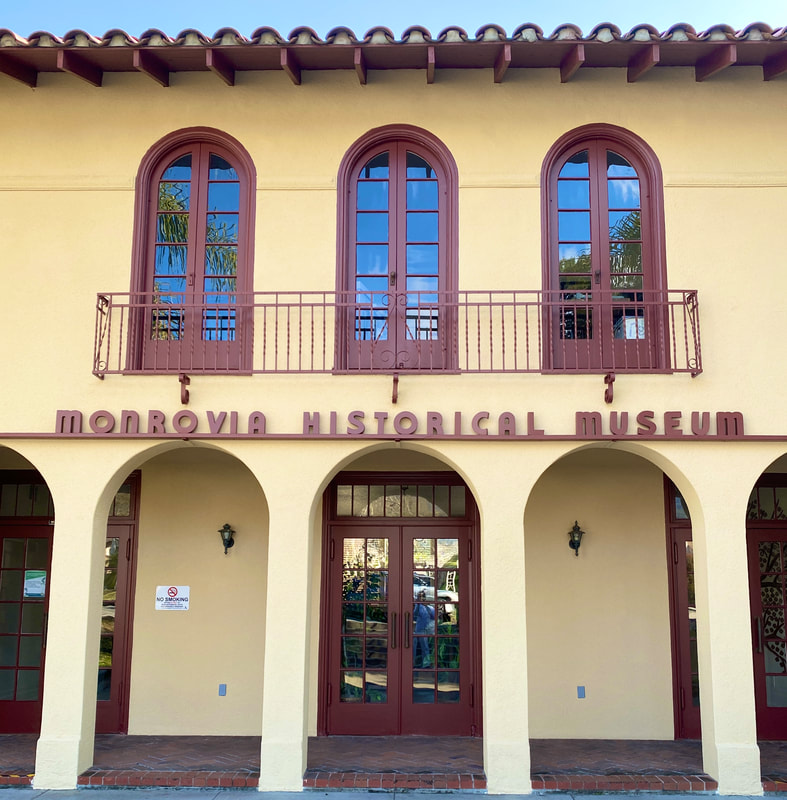Capt. Scott, Brian Cofield, Frank Droege, Joseph Jansen, Nick LaCroix, Rudy Libra, Josh Lin, as well as Joseph Nevarez and Randy Towns (pictured with Capt. Scott) worked diligently and with much attention to detail. Together, they have made it possible for the museum, once again, to proudly showcase this section in our West Wing. And a very special and BIG Thank You goes to Tom Ruzika of Ruzika Lighting for his ongoing and immeasurable contribution to enhance and illuminate all our exhibits!
In addition to a fireman's pole, vintage artifacts and photos, also included in the exhibit is a documentary video chronicling the history of the Monrovia Fire Department with interesting timeline of events that would make every Monrovian proud and thankful to be part of this city.
Thank you, Monrovia Fire Department, for completing this exhibit, but most of all, for your integrity, selfless service and commitment to make Monrovia a better and safer place for its citizens!
















 RSS Feed
RSS Feed